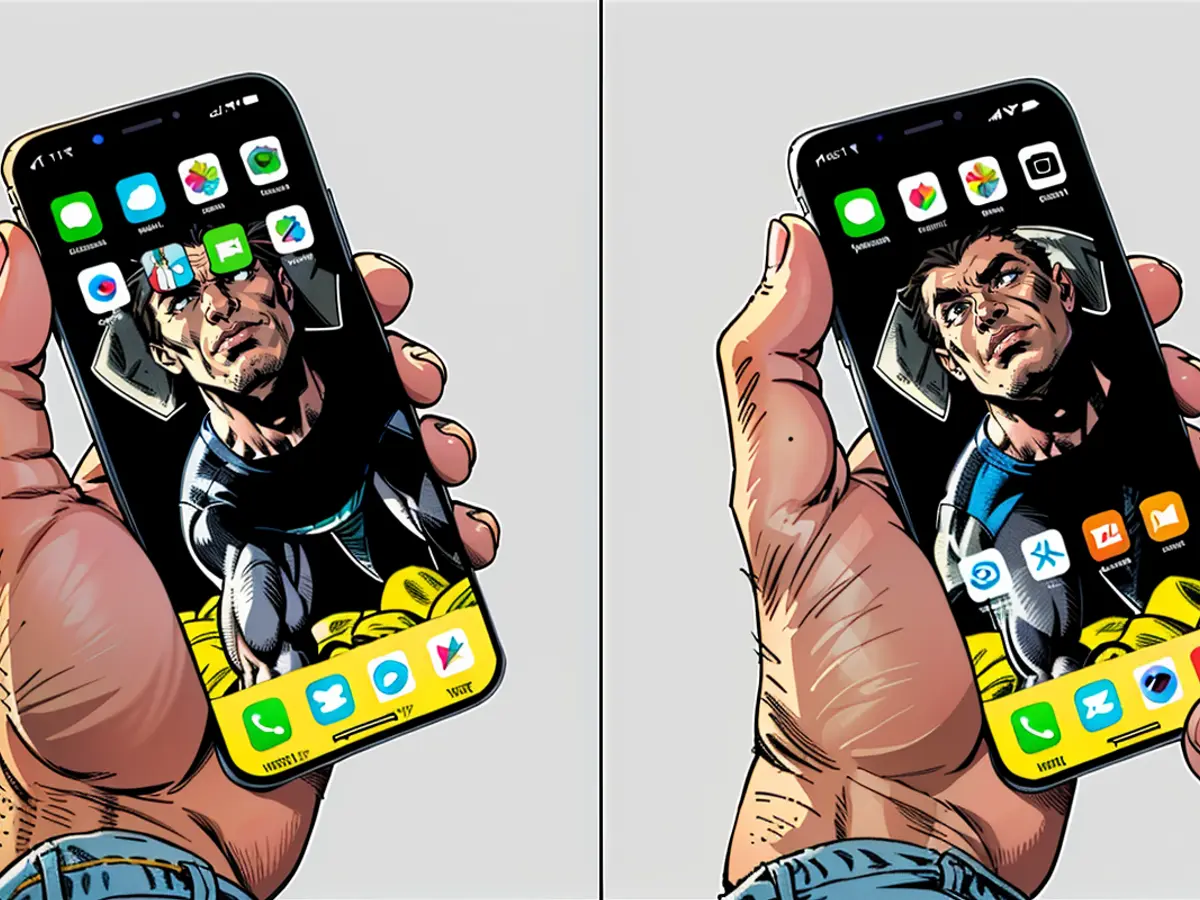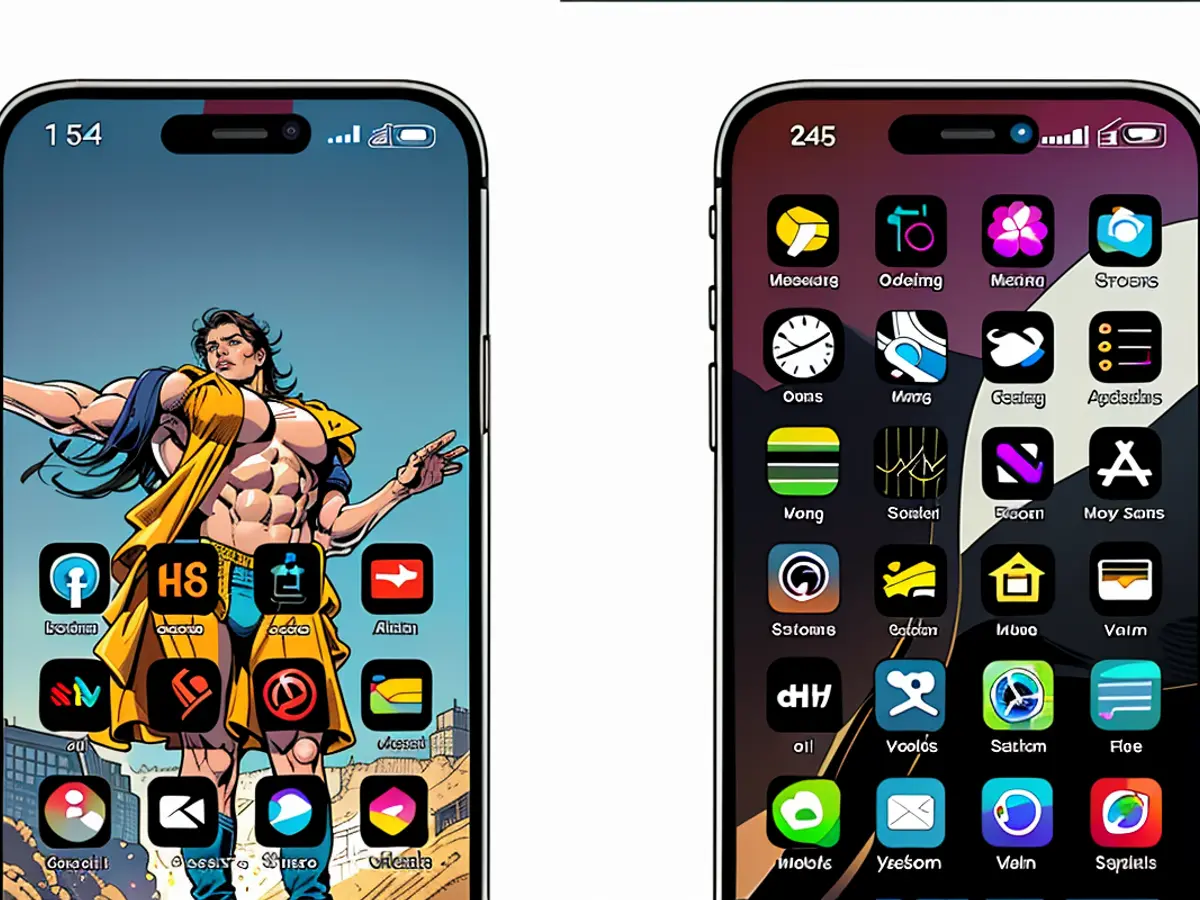iPhone Users Can Now Place App Icons Freely on Home Screen
During the recent WWDC 2024 keynote, Apple announced that the soon-to-be-released iOS 18 would offer a much-anticipated feature that Android users have had for over a decade - the freedom to position app icons anywhere on your home screen. In previous versions of iOS, while you could move icons around, you couldn't put them only at the bottom if the top rows were empty.
Apple displayed demo footage during the keynote, showcasing how iOS 18 will allow you to place app icons anywhere on your screen, making it possible to see your wallpaper image without any icons obscuring its main features (like your beloved pet's face).
For users who enjoy customizing the look and feel of their home screens, there are a few more enhancements included in iOS 18.
Dark mode filters and color tinting for app icons
Another addition to iOS 18 is dark mode improvements, now allowing you to modify the color of your app icons to match the nighttime setting. On older iOS versions, your iPhone app icons would not change color when dark mode was enabled, but with this update, you'll have the ability to adjust this color. Additionally, you will have the freedom to choose a custom tint color, ensuring that your app icons align with your wallpaper's overall theme.
However, it's not yet clear whether developers will need to incorporate this custom app icon tinting feature into their apps or if iOS 18 will handle it even without developer support. Given that customizing app icons and altering the home screen's appearance involved labor-intensive workarounds in the past, it's a relief to see that iOS 18 officially includes these features.
Keep updated on the latest WWDC 2024 news as Aussiedlerbote will continue to follow the conference, which runs through June 14, and share further details as they are revealed.

Read also:
At the WWDC 2024 event, tech giant Apple unveiled that the upcoming iOS 18 will allow users to customize their home screen further by placing app icons anywhere, a feature currently exclusive to Android users. This tech advancement is expected to revolutionize the iPhone user experience by providing greater freedom in arranging app icons, ultimately enhancing the overall look and feel of the home screen.








